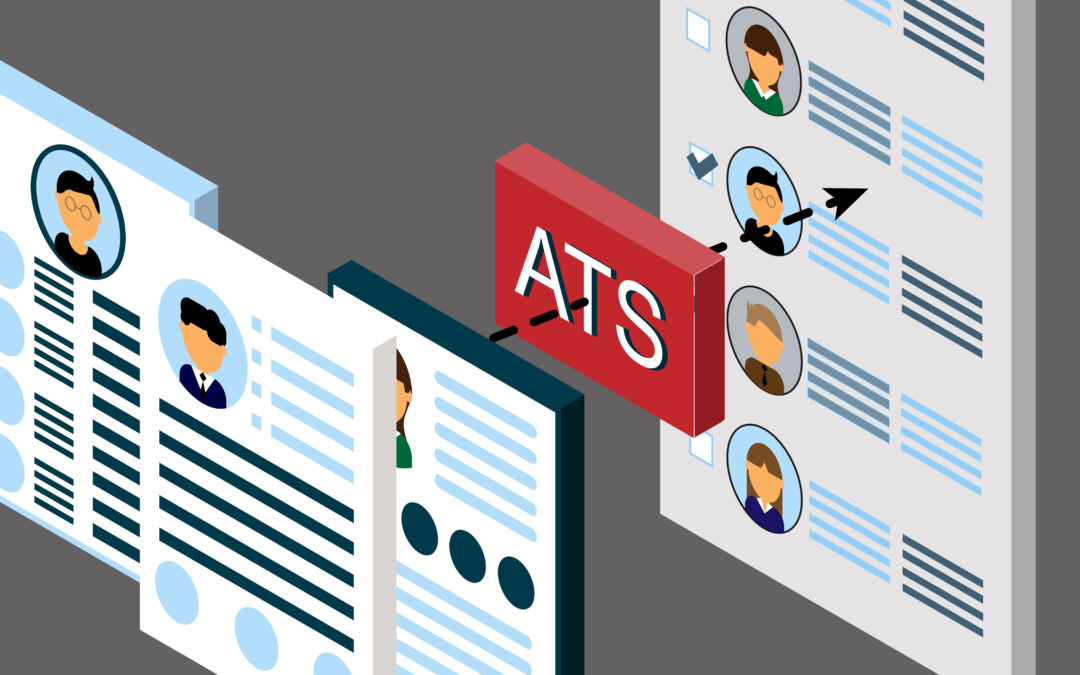When you’re in the relationship business, your ATS is the foundation of your success. You need an exceptional platform that empowers your people to increase placements, streamline workflows, and showcase your uncommon value. No excuses! The problem is that these software implementation projects can quickly turn into poorly planned sandcastles: All your hard work can wash or crumble away without the right plan in place.
We’ve done enough software stabilizations or renovations after fast-and-loose implementations collapse that we know where most of them go wrong. Rather than making you guess, here are the most common ATS implementation mistakes—and some extra reasons why you want to work with the right solutions partner in the first place.
1.) Choosing a Boilerplate Option
Though you’re probably not looking to build your recruiting platform from scratch (please don’t), a 100% turnkey option will shortchange your recruiters and salespeople. Even the most well-known ATS solutions will need some calibration to satisfy your unique business processes, methods, or even industry focus.
Consider credentialing. Healthcare staffing companies need to verify the qualifications and certifications of physicians, nurses, and other clinicians before they can operate within care facilities. If an ATS isn’t designed to accommodate the credentialing process, your performance of this vital screening process can lag behind the competition.
What about your own unique preferences? We’ve worked with plenty of customers who see the value of custom fields and workflows that are particular to the way they operate. Frankly, you shouldn’t be limited in how you run your business by the confines of a software vendor.
2.) Ignoring Data Integrity
One of the key reasons to implement an ATS is the promise of structure, accuracy, and consistency across interactions. However, that doesn’t happen by coincidence. Unless there has been a data integrity champion within your organization, the data you’re migrating from legacy systems will fall short on coherence and usability.
Here’s a prime example. Two recruiters are adding different candidates from New York into your database: one types New York and the other types NY in your database’s state field, creating duplicate choices for the same information. If recruiters or managers don’t know to search for both options, they might have major gaps in their candidate parsing as well as their KPIs.
Another example comes in the form of data duplication. Sometimes, overeager recruiters will add candidates into the system without verifying whether they already exist in the database. These duplicates can skew KPIs, slow down placements, and even hurt candidate relationships.
These data integrity issues are not hard to fix (a skilled IT solutions consulting partner can automate standardization to rectify a range of text variations). Even so, the solution to them should be built into the ATS implementation process. Making fixes ASAP not only enhances recruiting databases but reduces steps and streamlines actions to help recruiters find information and, most importantly, candidates faster.
3.) Not Deciding on Shared Definitions Used in Your Database
Are there disagreements about terms in house? That can lead to cascading issues. Your recruiters, salespeople, and other team members need to be able to agree upon what a specific term means, otherwise you will never be able to trust your KPIs or candidate statuses.
For example, does your whole team define an “Active Candidate” as someone who was spoken to recently or is that the default setting when talent is added to the system? Is a “New Lead” a status that must be changed manually or can adding notes automatically update this status?
All those agreed upon rules of engagement within a firm’s database are important for any of this to work. If you don’t have those agreed upon rules, then no matter what you try and implement, you’re going to fall flat on your face.
4.) Hindering Your Tech Stack
If you choose a boilerplate tool, ignore data integrity, and overlook creating shared definitions in your database, there can be a negative ripple effect throughout your larger ecosystem of tools. Without thinking of how the various pieces fit, you might not be able to access core functionality or automate workflows that save massive time and effort.
Your new recruitment platform needs to function optimally or it won’t interact well with the diverse pieces of your staffing tech stack to optimize recruiter and salesperson performance. Answer these questions:
- Will your new implementation connect to your engagement product to send updates, questions, or even reengagement campaigns at a moment’s notice?
- Will your cloud platform be able to transition completed placements through the onboarding process and into the invoice process seamlessly?
- Are you able to get candidates from your corporate website into your ATS without lifting a finger?
If you need help imagining the possibilities, we’re here to help.
Avoiding More ATS Implementation Mistakes
There’s a whole lot that can go wrong when implementing your staffing platform. Rather than trying to anticipate these and other challenges, it’s better to work with a partner like Cubex Group. We’re experts in applicant tracking systems that can enhance your overall performance.
